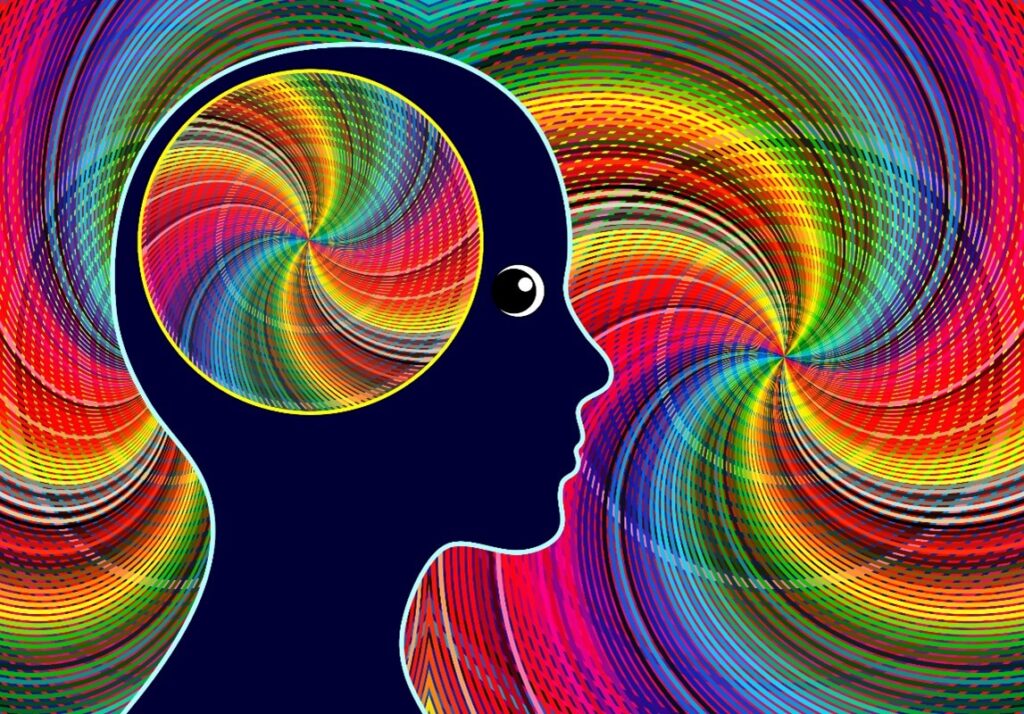After centuries of stigmatization, mental healthcare is emerging from the shadows to become a normalized part of everyday society. As more and more people become comfortable discussing, approaching, and improving their mental health, clinicians and researchers have begun exploring ways in which we can improve outside of therapy. Empirical evidence suggests that physical health can directly impact and improve mental health.
Vincent Montague of Cleveland explains that this may seem shocking to some, given that psychology and medical science haven’t always existed in harmony but, as neurobiology and psychiatry seek to bridge that divide, it’s become increasingly clear that biological factors can influence mental health. Let’s explore some of these factors and discuss the relationship between physical and psychological health.
Neurochemical Effects of Exercise
Long before scientists isolated and identified dopamine or serotonin, athletes have been well aware of a so-called “runner’s high”. This effect can create feelings of euphoria, mental clarity, contentment, and a general sense of well-being. And, as researchers have explored potential causes, they’ve discovered that exercise releases a flood of endorphins that directly improve mood.
While the effects may wear off within an hour or two, over time, repeated exercise encourages the body to produce more endorphins. In a general population, people who exercise for at least 30 minutes a day report feeling more energized, less moody, and generally more content in life. These results compare to people who do not exercise enough, and who are more likely to experience symptoms of depression.
The Relationship Between Poor Physical and Mental Health
Physical health relates to more than just fitness. Millions of Americans live with chronic diseases, some of which can leave patients functionally impaired. This impairment extends beyond the physiological level, though. In situations where individuals are reliant on others, face their possible mortality, and are required to undergo numerous procedures, it’s common to experience feelings of helplessness, hopelessness, and demotivation.
Within the general population, roughly 10-25% of women experience depression, compared to 5-12% of men. Within a population of chronically ill patients, though, these numbers rise to between 25% and 33%. For this reason, many hospitals and doctors will recommend psychological evaluation for patients undergoing intensive treatments, such as chemotherapy, pre- and post-amputation, and dialysis.

Trauma Lives Within the Body
Perhaps one of the most intriguing findings of recent years is the relationship between chronic physical pain and trauma. Whereas physicians may have been quick to diagnose a physical health problem in the past, researchers in the Netherlands have explored the significant proportion of trauma survivors who report prolonged and frequent unexplained pain.
In his seminal book, The Body Keeps the Score, Dr. Bessel van der Kolk proposes new treatment methods for treating trauma, including yoga, which he found allows patients to better cope with their emotions while also experiencing how their body physically reacts to the stress of past incidents. This has sparked a small renaissance, encouraging psychologists and physicians to work together.
The Bottom Line
Although mental and physical health has often been conceptualized separately, research conducted over the past two decades suggests that they go hand in hand. Good physical health often contributes to good mental health, and, in many instances, good mental health suggests good physical health. By caring for our bodies and seeking psychological support when we are ill, we can all grow to become happier people.

